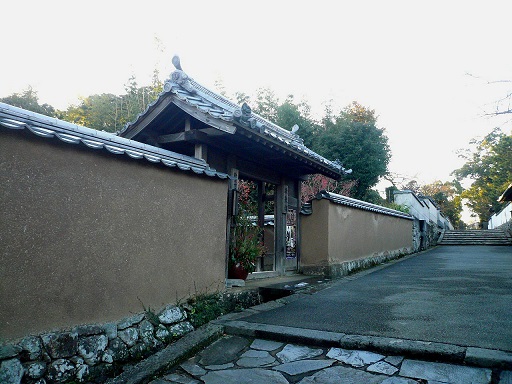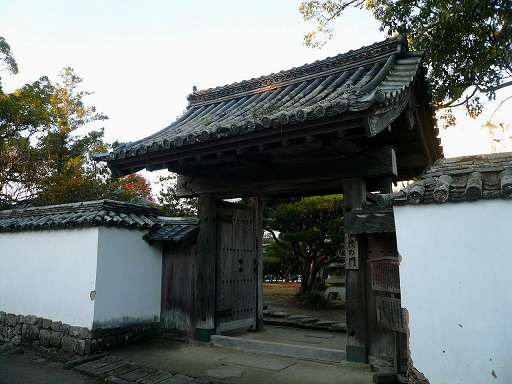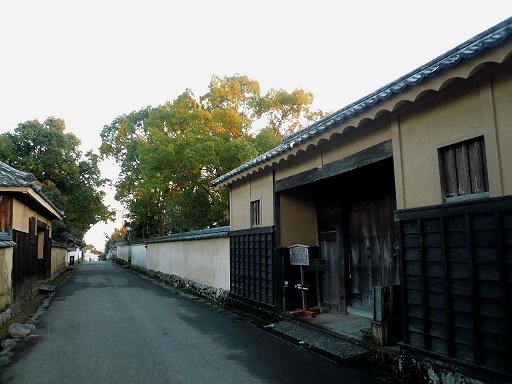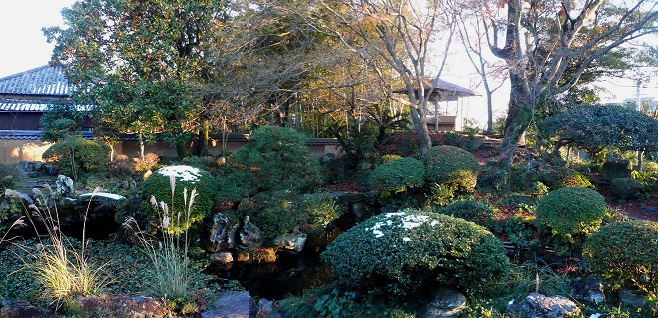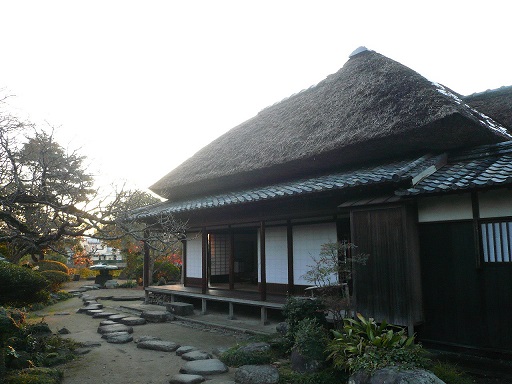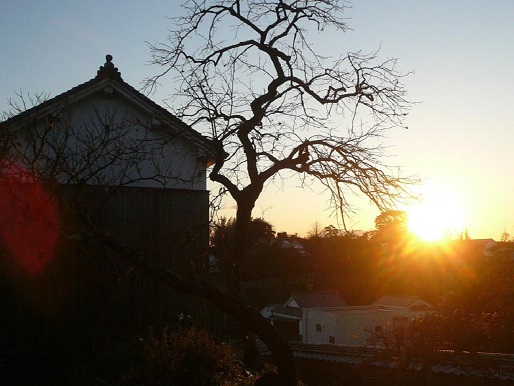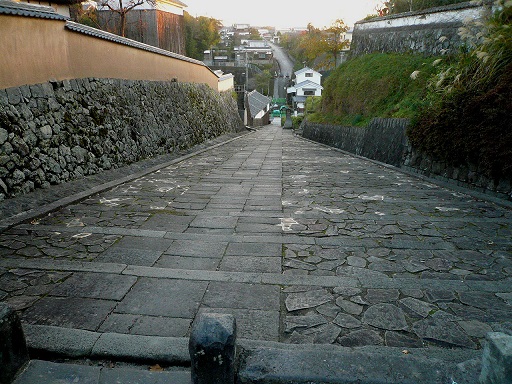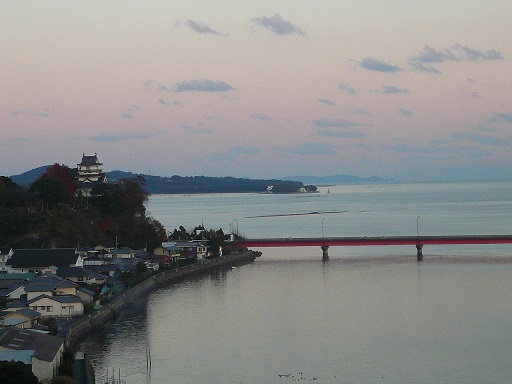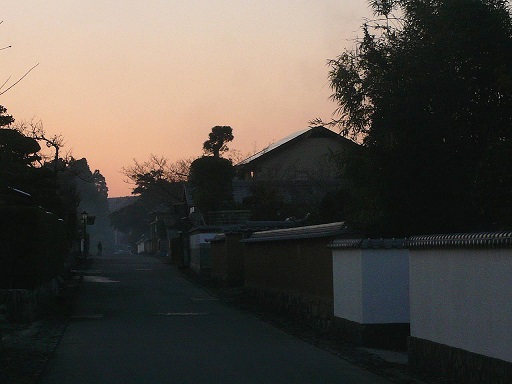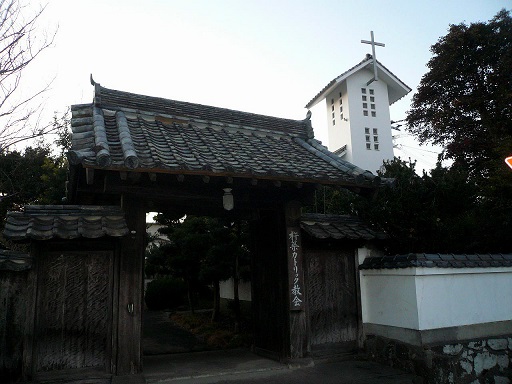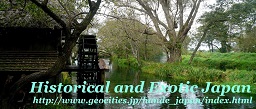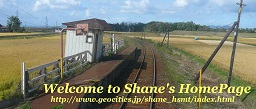|
Kitsuki Historical Districts
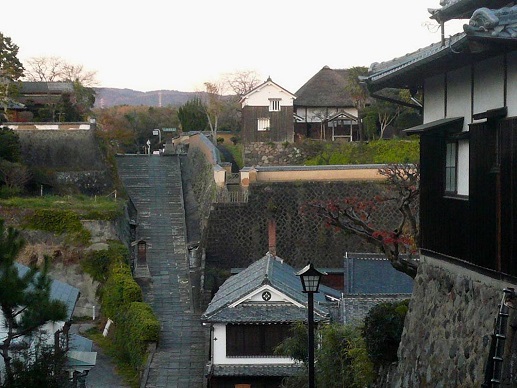
Kitsuki is located to the north-west of Oita Prefecture. Kitsuki was the capital of the Kitsuki feudal domain during the Edo Age (1603-1868) . To the west of Kitsuki Castle, two small hills lie parallelly in an east to west direction. A slender lowland is sandwiched by these two small hills. "Samurai" residences, retainers' residences of the castle lord, were located on these two small hills and these two areas now become historical districts.If you walk to the west from Kitsuki Castle, you will go up the "Kanjyoba-no-Saka" Slope to the north hill. 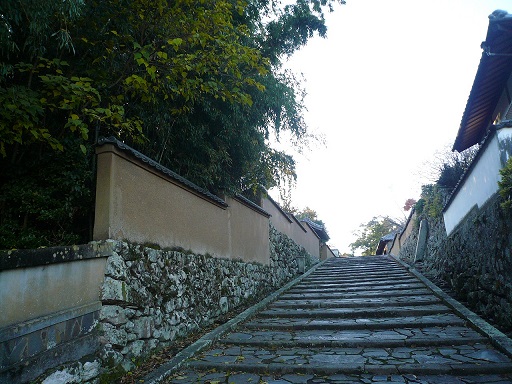
The "Kanjyoba-no-Saka" Slope is the entrance of the north historical district in Kitsuki. Mud walls line along both sides of the slope and the avenue on the north hill. These mud walls show the sites of the "Samurai" Residences. 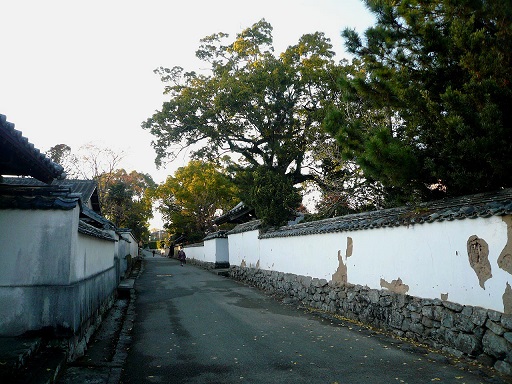
The below-left picture shows "ISOYA" residence. The written record says ANZAI Genbei lived in this residence in the middle of eighteenth century. |
